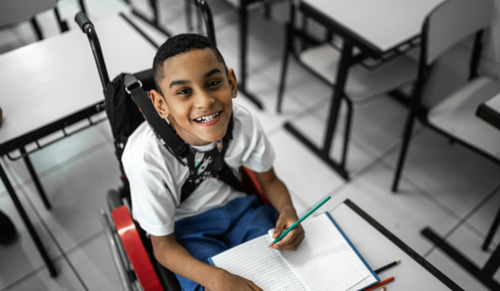SDR is just one option in the management children with cerebral palsy. It is the only procedure which will permanently remove the spasticity in the legs.
Alternatives to SDR for children with spastic diplegia include:
- medication
- long-term exercise and activity, with support and advice from a physiotherapist
- botulinum toxin injections into the spastic muscles
- orthopaedic procedures
- intrathecal baclofen pump therapy
Even following successful SDR surgery some orthopaedic surgery may still be required.
Alternative treatments should be discussed in full by the referring clinical team and may be suggested by the SDR clinical team as an alterative after surgery is considered.

